AI most likely to under-represent women in life sciences roles, research finds

Despite more women working in the field today, analysis of 40 STEM (science, technology, engineering and mathematics) roles has revealed that life sciences professionals are most likely to be represented as men by AI image generators.
Top of the list was pharmacists, with 39% of images generated by AI featuring a woman compared to the reality of 62%. Similarly, women account for 62% of clinical researchers in real life yet they appeared in just 44% of images generated by AI.
The research, from Access Education, an education technology specialist, uncovered the top 10 professions where AI is least likely to represent women in key STEM roles, and the ones where AI is challenging stereotypes.
It comes as AI becomes more widely adopted in marketing and the media – potentially reinforcing stereotypes and impacting young people’s decision on what career path to choose. Women could even miss out on rewarding careers if they don’t see any female role models.
The top 10 professions where AI underrepresents women:
| Job split | AI image split | ||||
| Role | Male | Female | Male | Female | Shortfall/surplus |
| Pharmacist | 38% | 62% | 61.40% | 38.60% | -23.40% |
| Clinical Researcher | 38.3% | 61.7% | 55.56% | 44.44% | -17.26% |
| Biotechnologist | 51% | 49% | 68.18% | 31.82% | -17.18% |
| Game Developer | 70% | 30% | 86.54% | 13.46% | -16.54% |
| Actuary | 74.3% | 25.7% | 80.77% | 19.23% | -6.47% |
| Statistician | 52% | 48% | 58.11% | 41.89% | -6.11% |
| Medical Doctor | 51.3% | 48.7% | 57.35% | 42.65% | -6.05% |
| UX/UI Designer | 59.6% | 40.4% | 64.56% | 35.44% | -4.96% |
| Geologist | 78.7% | 21.3% | 74.12% | 17.25% | -4.05% |
| Mechanical Engineer | 91% | 9% | 93.75% | 6.25% | -2.75% |
At the same time, AI is also challenging stereotypes. Women work in just 7% of robotics engineer roles yet AI image generators suggest they account for 57% of these jobs. Similarly, AI is most likely to represent civil engineer, surgeon and computer scientist roles as female which doesn’t reflect the reality.
The top 10 professions where AI overrepresented women:
| Job split | AI image split | ||||
| Role | Male | Female | Male | Female | Shortfall / surplus |
| Robotics Engineer | 93% | 7% | 42.58% | 57.42% | 50.42% |
| Civil Engineer | 83% | 17% | 38.82% | 61.18% | 44.18% |
| Surgeon | 87.5% | 12.5% | 47.14% | 52.86% | 40.36% |
| Computer Scientist | 82% | 18% | 43.59% | 56.41% | 38.41% |
| Research Scientist | 67.0% | 33.0% | 35.90% | 64.10% | 31.10% |
| Electrical Engineer | 90% | 10% | 59.22% | 40.78% | 30.78% |
| Architect | 71% | 29% | 40.94% | 59.06% | 30.06% |
| Data Scientist | 82% | 18% | 52.78% | 47.22% | 29.22% |
| Mathematician | 70.6% | 29.4% | 43.90% | 56.10% | 26.70% |
| Chemical Engineer | 80.4% | 19.6% | 55.00% | 45.00% | 25.40% |
Commenting on the research, Dame Athene Margaret Donald, Professor Emerita of Experimental Physics at the University of Cambridge and Master of Churchill College, said:
“What young people see online plays a significant part in determining whether they feel they might ‘fit in’ to any particular career. Algorithms which unthinkingly distort this imagery are unhelpful, and it can be argued that over-representation can be as unhelpful as under-representation.
“My personal preference would be to show equal numbers of men and women in all areas, so that all children feel inspired to consider any given role, without feeding into current societal stereotypes.
“Schools need to be acutely aware in their lesson structures, content and classroom interactions how such early stereotypes can kill aspiration for boys and girls alike. The trouble with AI is that it can become a black box, without anyone stepping back to consider what messages are accidentally being conveyed.”
Professor Billy Wong at the University of Reading’s Institute of Education, added:
“The results on display are very interesting, given that representation in STEM remains such a prominent issue. It is fascinating to see that AI is actually paving the way forward in representation for certain roles, such as surgeons, computer scientists, electrical engineers and architects, where the image splits between male and female figures are relatively balanced – contrary to the reality.
“The importance of this should not be understated as research has repeatedly shown that a lack of visible role models or diverse representation can create a barrier to entry for underrepresented groups in these professions. Since AI models are ultimately trained and programmable, it is not inconceivable that more conscious efforts are being placed for certain prompts in order to promote greater diversity in visualisations.
“Now, it is up to schools to propel efforts to engage young people from a variety of different backgrounds into STEM – and bring fair representation into the real world. Schools have the opportunity to get more creative with the ways they teach STEM, bringing in extracurricular and informal learning of different subjects, from technology, to mathematics, and the spectrum of sciences.
“For progress to be made, schools need to break down the perceptions of who can study STEM, challenging the narrow but popular views that some STEM subjects are difficult or not for certain pupils. Schools and teachers need to create a dialogue with students about the different and diverse characteristics and skills that have value across STEM subjects – ultimately helping foster greater enthusiasm.”
Emma Slater, Senior Product Manager at GCSEPod, part of Access Education, adds:
“The representation of women in STEM professions – whether in real-life, fiction or AI imagery – can have a bearing on the career paths they choose. As AI is adopted more widely, we all need to be mindful about how professionals from different industries are represented. Depending on how they are trained, AI algorithms can both reinforce or challenge existing stereotypes, as our analysis shows.
“Schools play a critical role in opening up STEM subjects to young women, laying the foundations for what could be a financially rewarding career and the chance to help tackle some of the biggest challenges of today like disease prevention, transport and climate change. Nationally, more women in STEM could drive innovation, contribute billions to the UK economy, and increase global competitiveness.
“There are already many inspirational teachers who are breaking down barriers and inspiring many young women towards a rewarding career. Here at Access, we are on a mission to ignite a love for learning STEM subjects and inspire the next generation and schools now have the opportunity to access free STEM subject content via GCSEPod for Years 10 & 11, until 31st July 2024.”
To view the full research, visit here

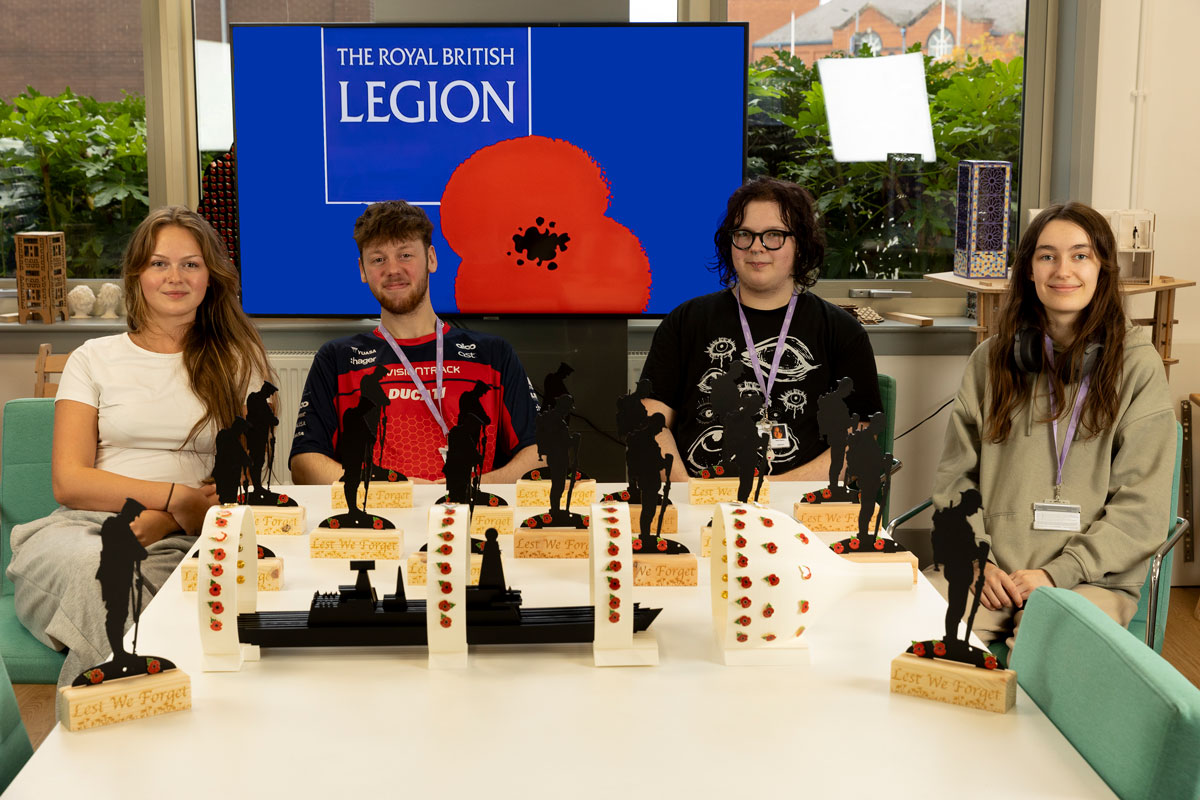
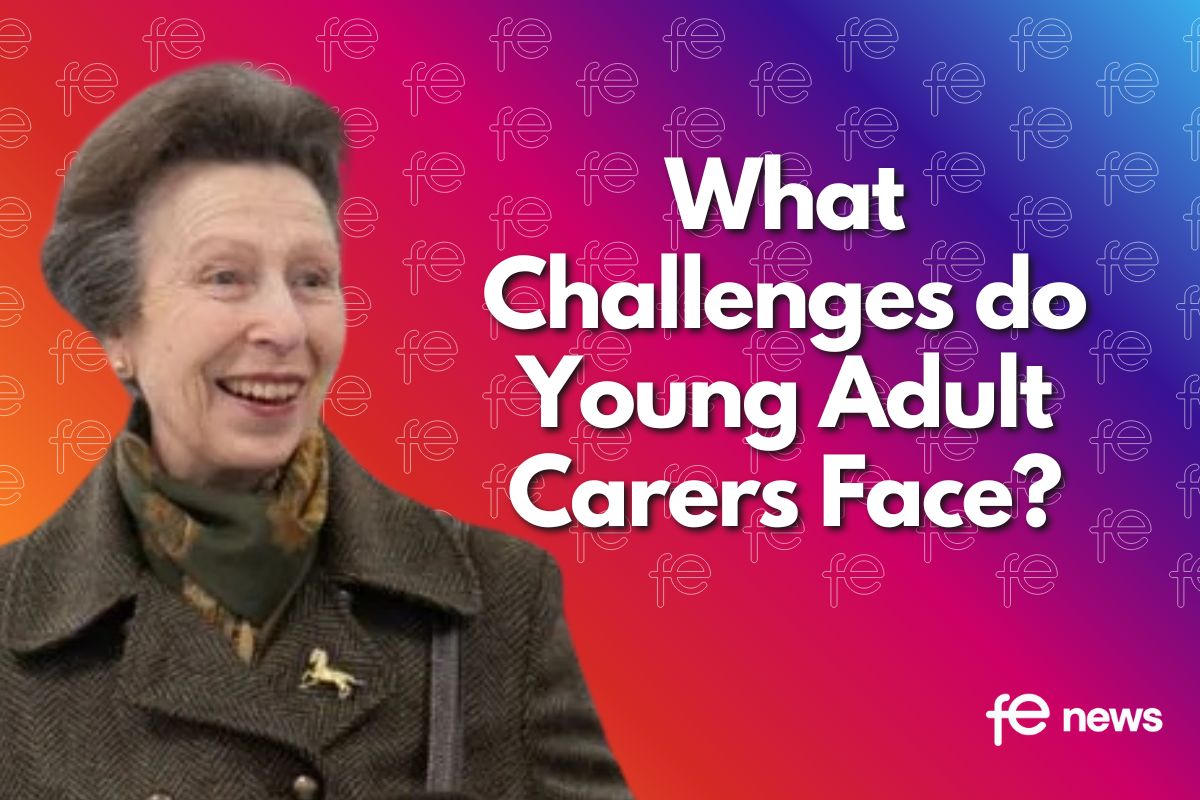
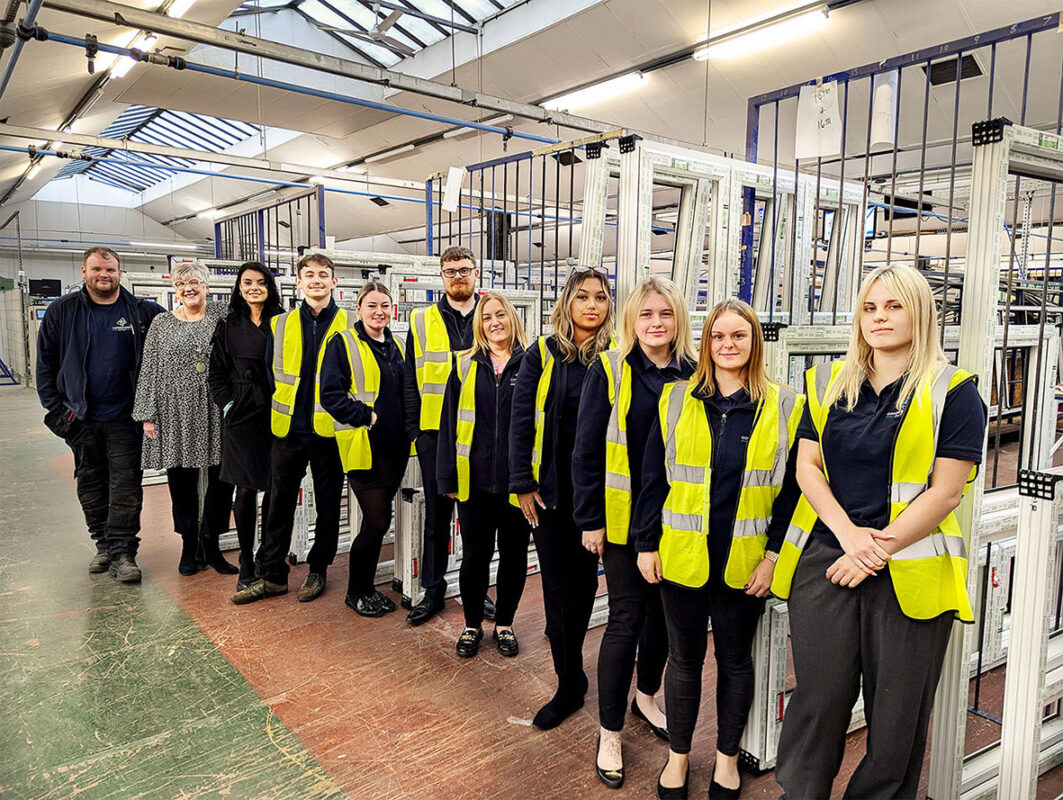
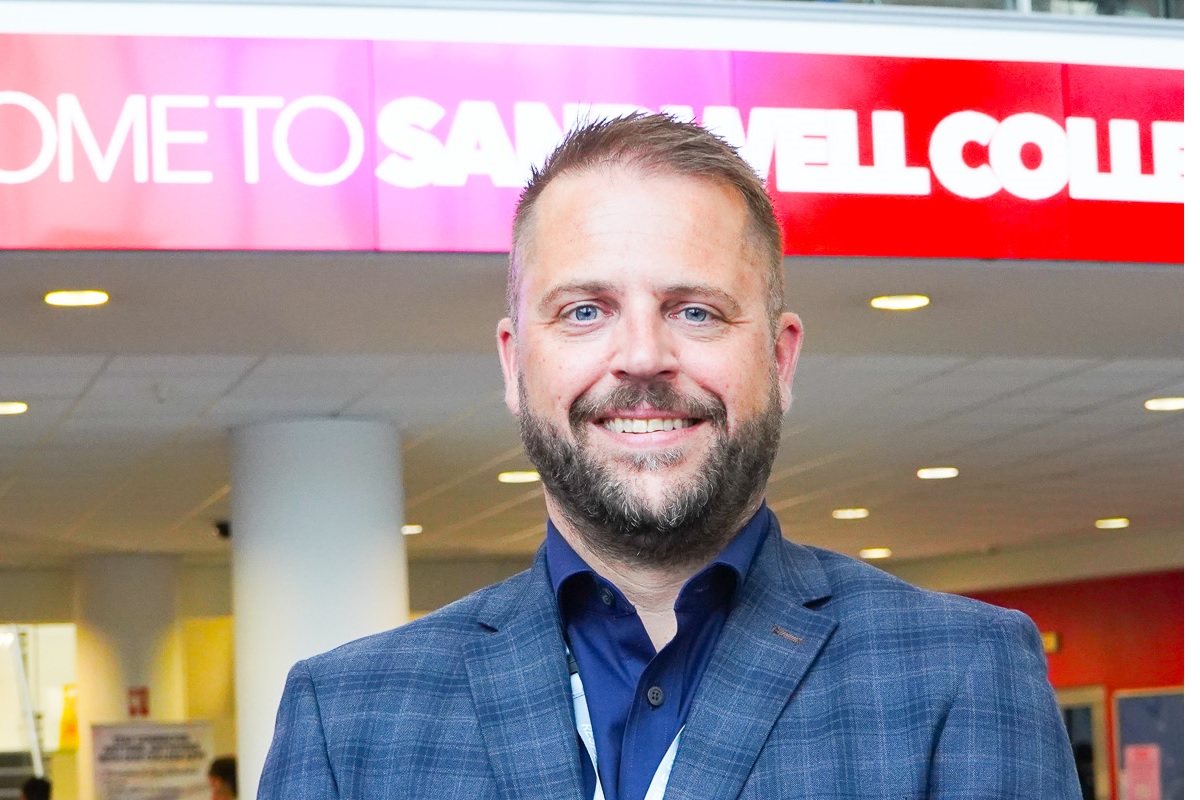
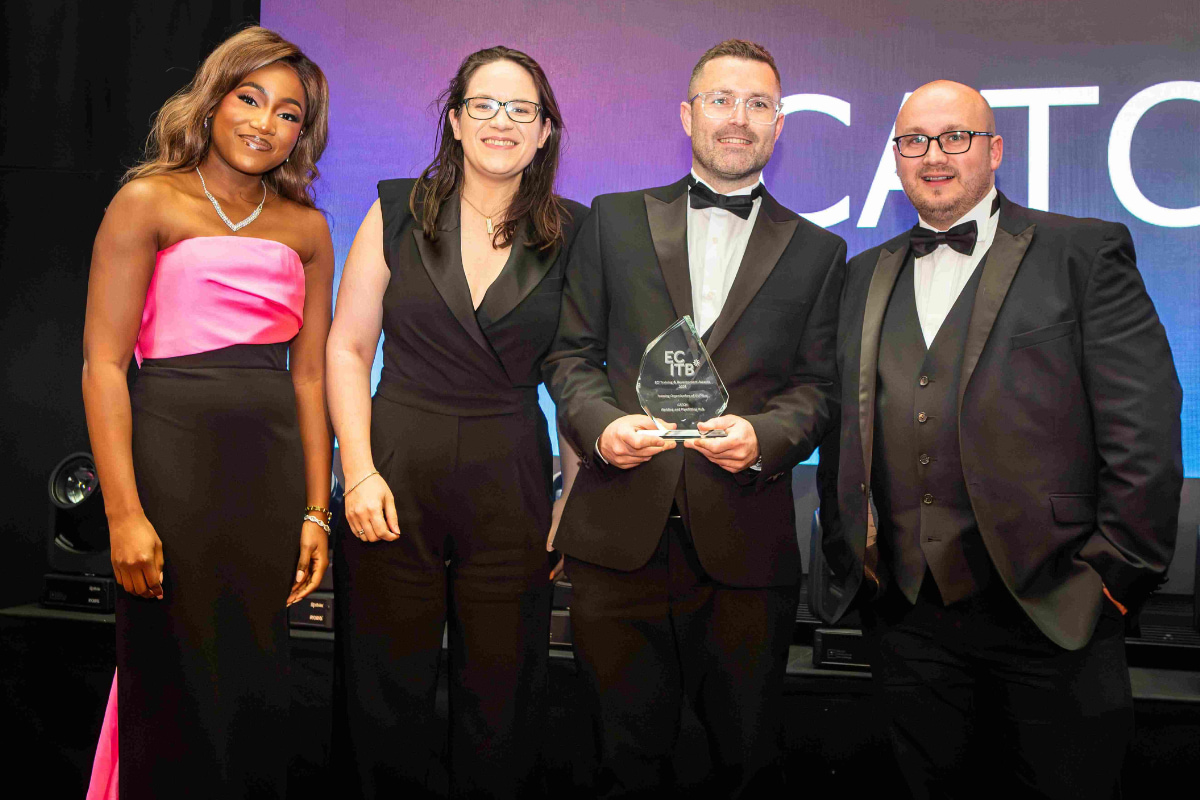

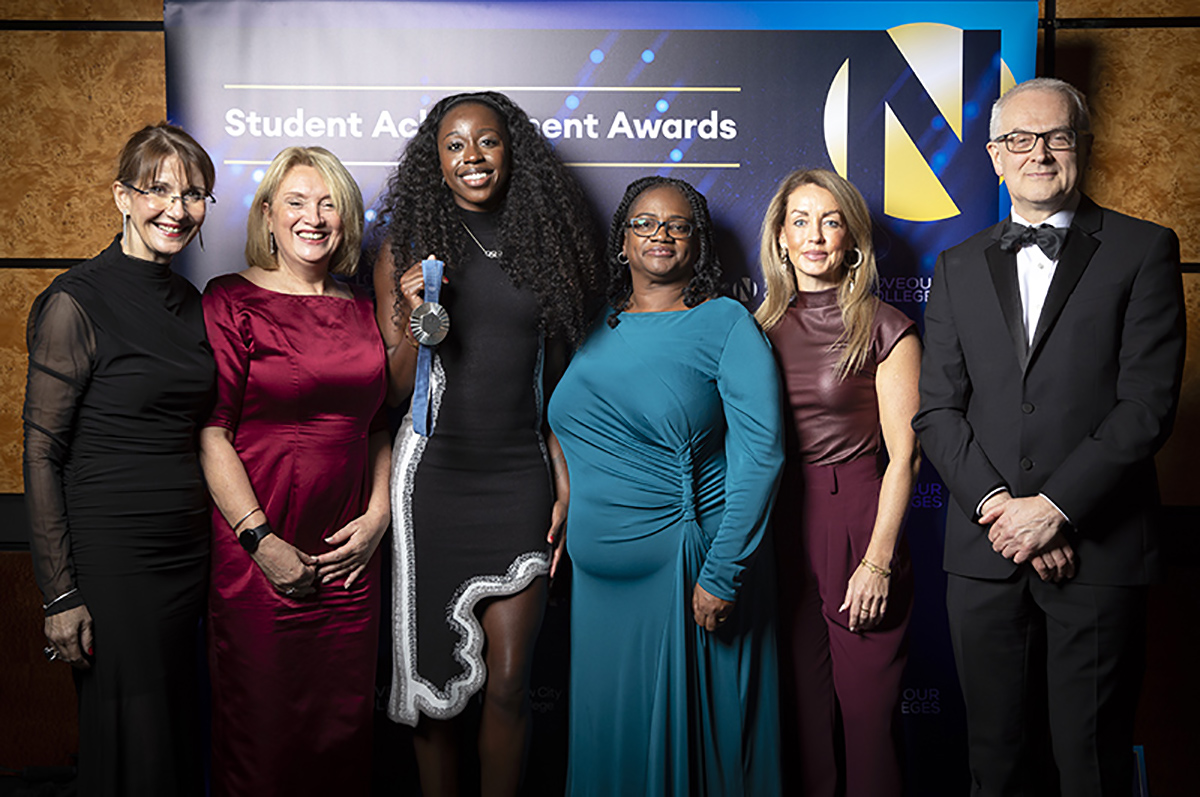


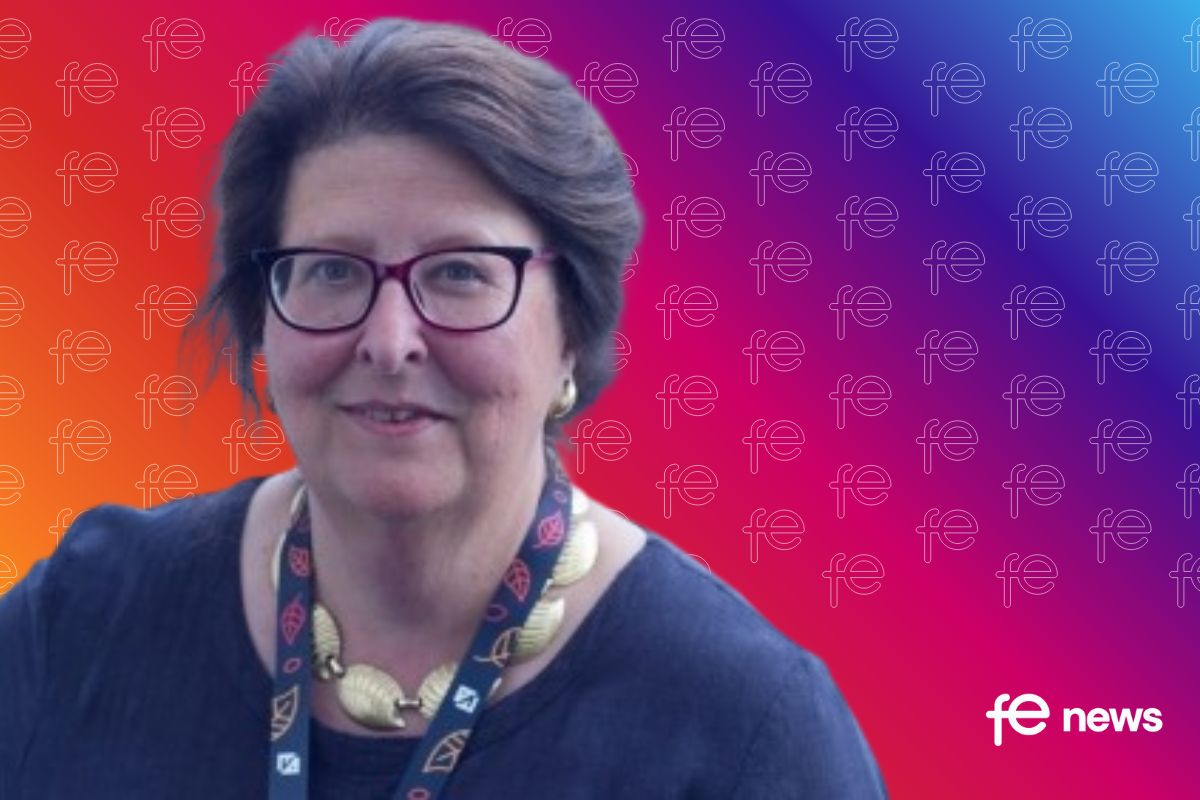
Responses